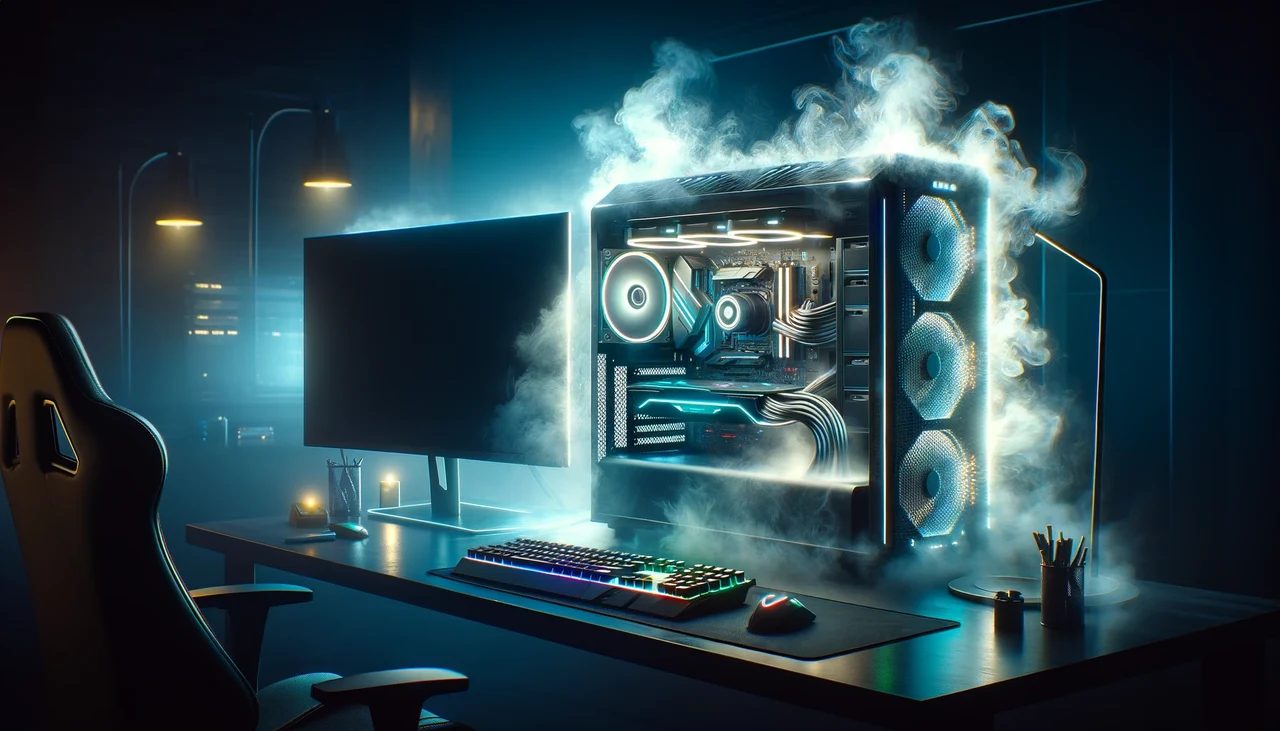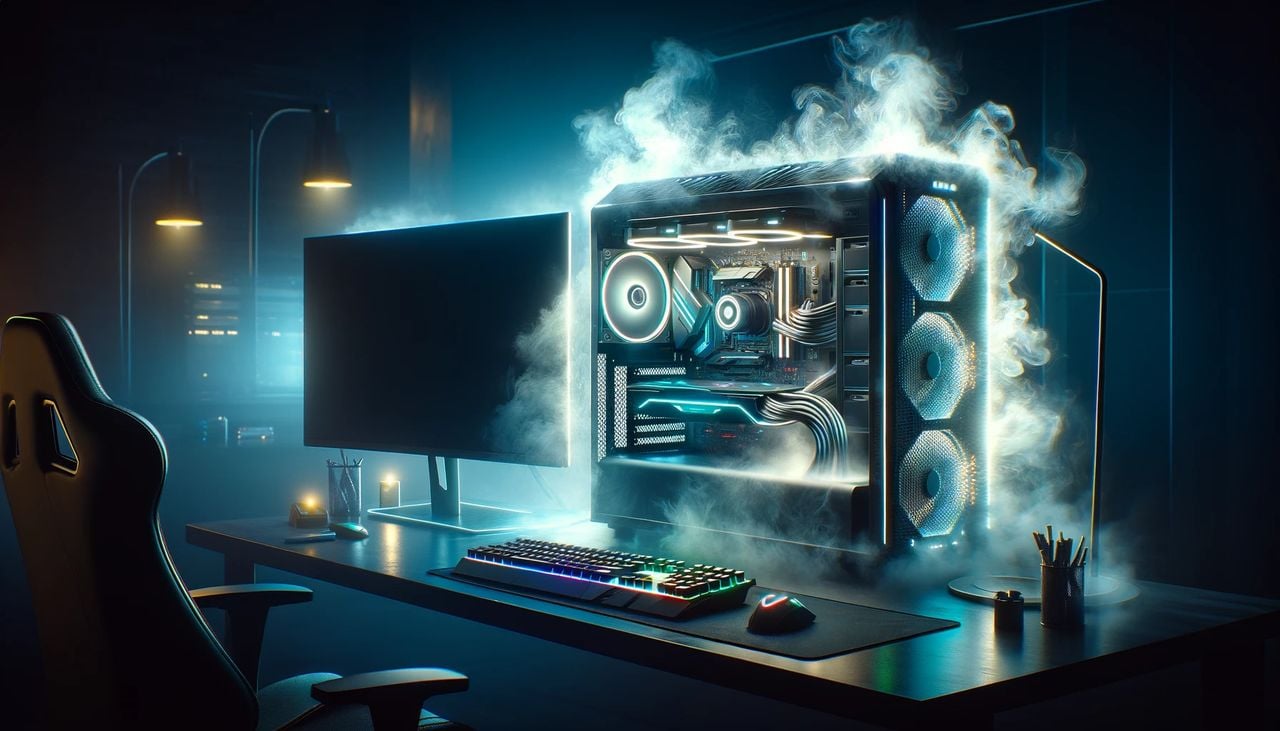
When it comes to choosing a new processor, many of us weigh the options between Intel and AMD, two powerhouses in the industry. It’s tempting to focus solely on the speed of these CPUs, but it’s equally important to consider how efficient they are and how much power they consume. This article delves into the performance of Intel and AMD processors, specifically the Intel 14700K and AMD 7800X, and how they manage power efficiency across different types of workloads, from gaming to production tasks.
The concept of CPU efficiency is simple: it’s the measure of how much work a processor can do for each watt of power it uses. This is becoming a critical consideration, not just for the sake of your electricity bill, but also for the broader goal of reducing environmental impact. For gamers, efficiency might be looked at in terms of frames per second per watt, while those using their computers for production tasks might consider metrics like hours per render in Blender or millions of instructions per second per watt.
Intel CPU gaming power consumption tested
If you are wondering just how much power and Intel CPU uses when gaming you’ll be pleased to know that the amazing team over at Gamers Nexus have carried out in-depth gaming power consumption test on Intel CPUs. Enabling you to make the best decision when parting with your hard own cash.
Here are some other articles you may find of interest on the subject of Intel :
To get a clear picture of CPU efficiency, Gamers Nexus put these processors through a series of tests. Looking at how they performed under various conditions, including their default settings, when power limits were imposed, and when frame rates were capped. Our gaming tests examined power consumption in both constrained and unconstrained scenarios, and also monitored the power spikes that occur when games are loading or when assets are being rendered, to simulate real-life usage.
For the most accurate power consumption measurements, they used a PMD interposer. This tool ensured that their data reflected the true power usage of the CPUs across different tasks. What they found was quite interesting. AMD generally had the upper hand in power efficiency during gaming. But when they applied power constraints, Intel showed a marked improvement in efficiency, especially with Blender rendering tasks. These findings are significant because they can lead to cost savings and have environmental benefits. The efficiency of a CPU can have a considerable impact on long-term expenses and, on a larger scale, the health of our planet.
These insights highlight why it’s important to factor in power efficiency when reviewing CPUs. A review that includes these metrics provides a more complete understanding of a CPU’s overall performance and its implications for both the user and the environment. Choosing your next CPU should involve a careful consideration of efficiency. It’s not just about your wallet or the environment; it also speaks to the technological prowess of your processor. Stay engaged and contribute to the conversation about CPU efficiency and power consumption.
Filed Under: Hardware, Top News
Latest timeswonderful Deals
Disclosure: Some of our articles include affiliate links. If you buy something through one of these links, timeswonderful may earn an affiliate commission. Learn about our Disclosure Policy.

